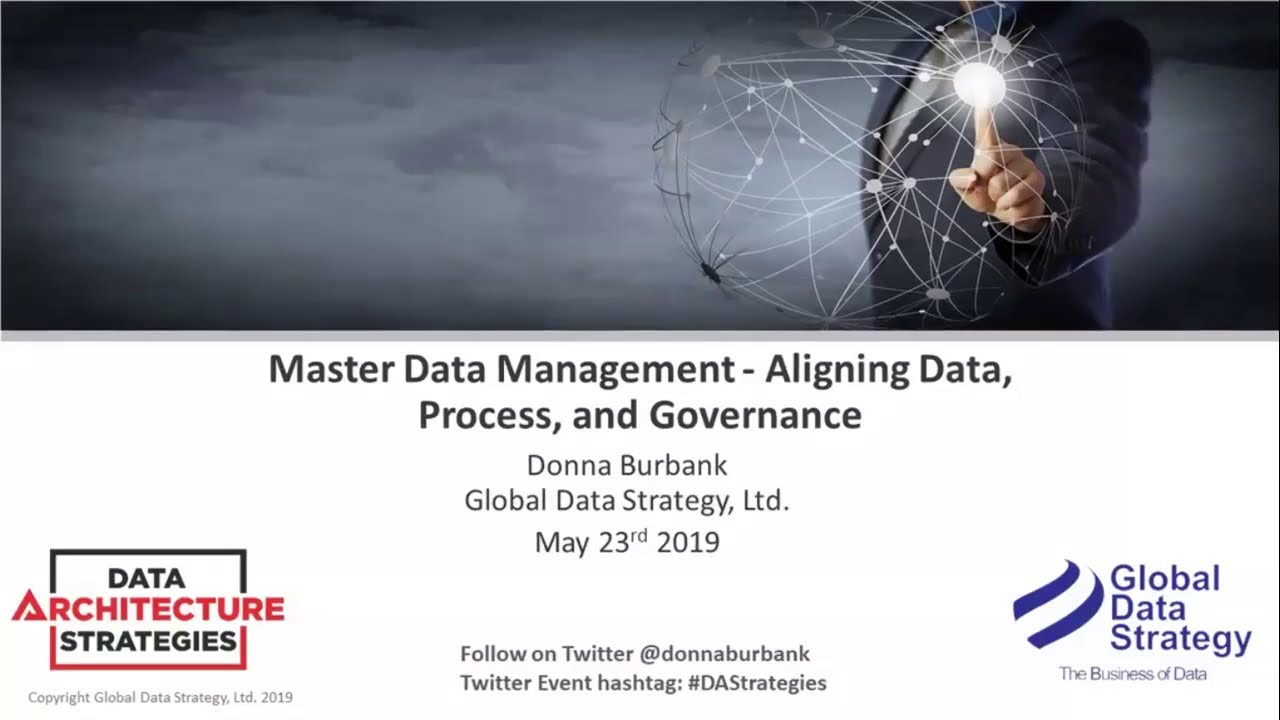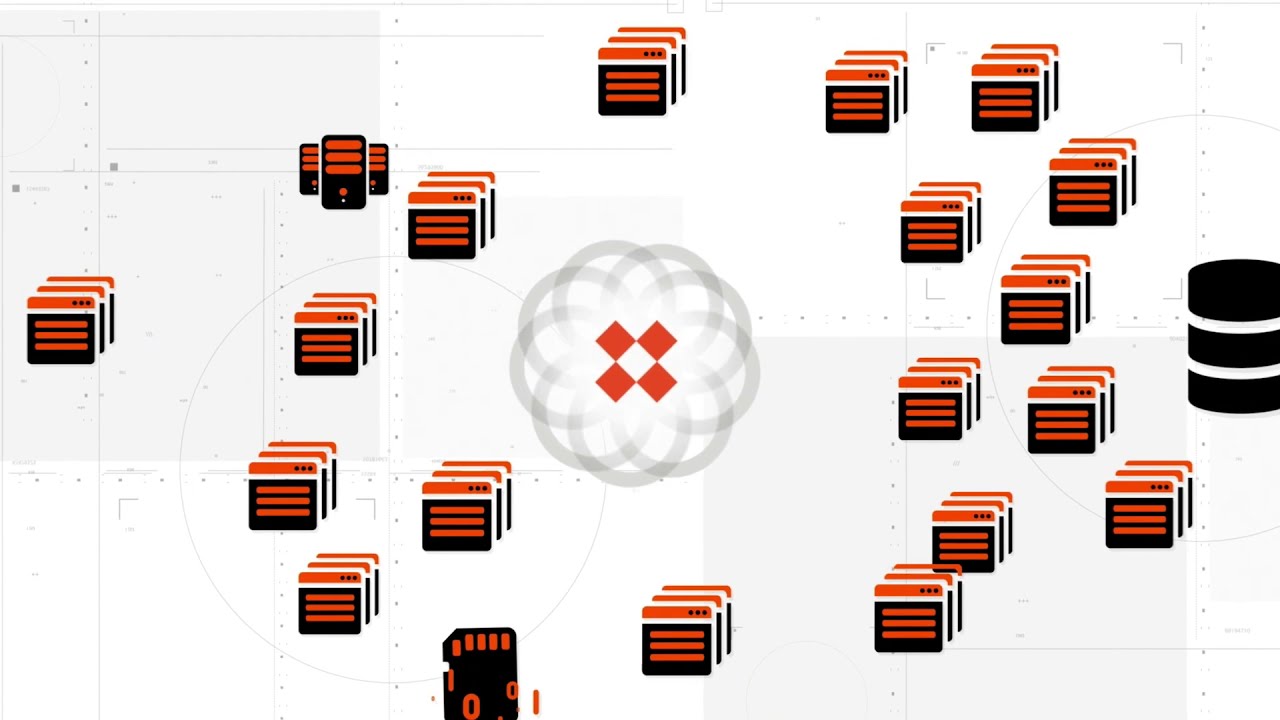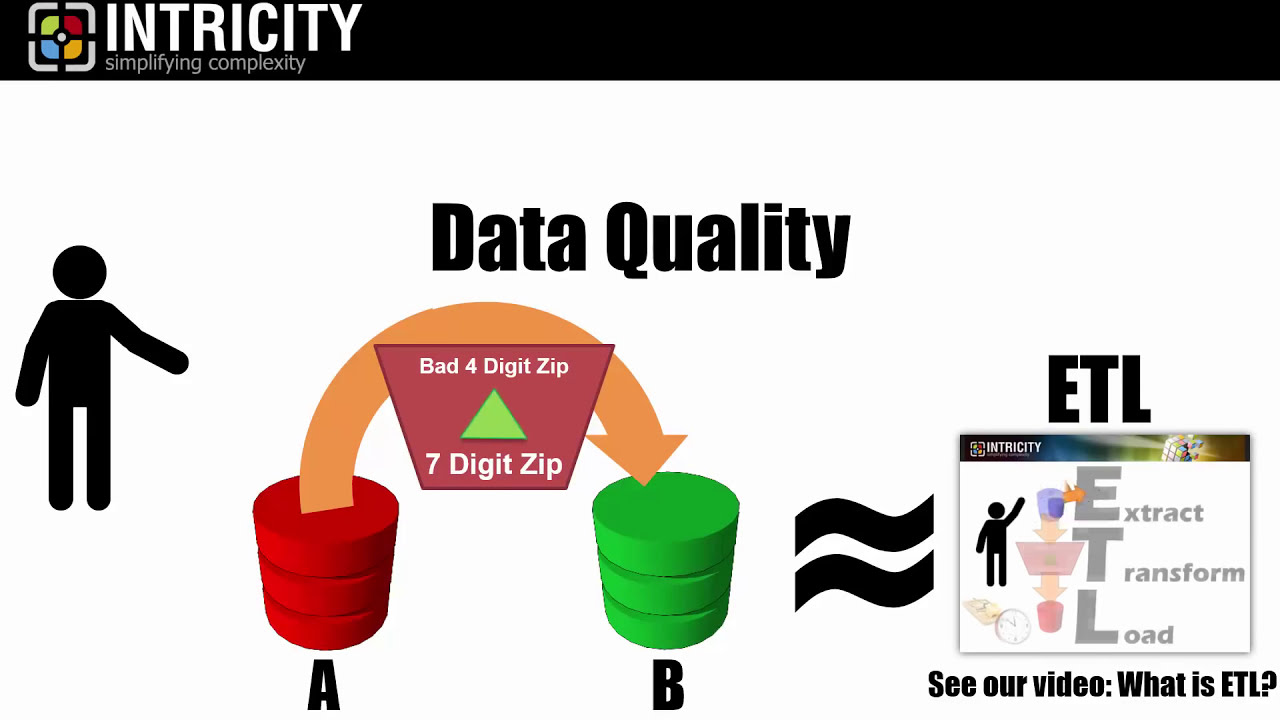
In today’s digital age, businesses need to efficiently manage large and complex sets of data. With a vast amount of data being generated daily, it has become crucial for companies to effectively organize and maintain their data. This is where master data management tools come into play. These tools help businesses streamline their data management process, allowing them to make informed decisions and stay ahead of the competition. In this article, we will dive deeper into what master data management tools are, how they work, and why they are essential in today’s business landscape.

Master data management (MDM) tools refer to software applications that help businesses manage their important data assets. These tools provide a centralized platform to collect, process, and store all types of data, including customer information, product data, and transactional details. MDM tools ensure consistency, accuracy, and completeness of data across various systems and applications within an organization.

Master data management tools work by integrating with various systems and applications used within an organization. These tools collect data from different sources such as ERP systems, CRM platforms, and other databases. The collected data is standardized, cleansed, and validated to remove any errors or inconsistencies. Once the data is processed, MDM tools create a single, unified version of the truth, which can be accessed and used by authorized personnel across the organization.
Whereas a lot hype has been produced concerning the speedy tempo of enterprise cloud deployments, in actuality we estimate lower than 25 % of enterprise workloads are at the moment being run within the cloud. That doesn’t negate the significance of the expansion of cloud computing – however it does set some parameters round simply how prevalent it at the moment is, and the way troublesome it's to maneuver enterprise workloads to a cloud structure.

Master data management tools offer several benefits to businesses, including:
MDM tools ensure high-quality data by eliminating data discrepancies, incomplete data, and duplicate records. This results in accurate, reliable, and consistent data that can be trusted for decision-making purposes.
By automating data management tasks, MDM tools save time and resources. Employees no longer need to spend hours manually entering data or reconciling different versions of data from multiple sources.
With access to accurate, reliable, and consistent data, businesses can make better-informed decisions. MDM tools provide a 360-degree view of the business, enabling managers to identify trends, patterns, and opportunities that would have gone unnoticed otherwise.
By having a single view of customers across different channels and touchpoints, businesses can provide personalized experiences to their customers. MDM tools enable businesses to deliver targeted marketing campaigns, create customized products or services, and improve customer satisfaction levels.

Master data management tools are easy to use and can be integrated into any organization’s existing systems. Here are some steps to follow for using MDM tools effectively:
There are several MDM tools available in the market, each offering unique features and functionalities. Some popular examples include:
When choosing an MDM tool, it is important to consider factors such as:
Comparing different MDM tools is essential to ensure that the tool you choose aligns with your organization’s requirements and budget.
Implementing MDM tools can be a complex process, but here are some best practices to follow:
MDM tools can manage all types of data, including customer data, product data, transactional data, and more.
MDM tools ensure data quality by eliminating duplicate records, standardizing data formats, and validating data accuracy. They also provide a centralized platform to collect and store data, ensuring consistency and completeness of data across various systems and applications within an organization. MDM tools use data validation rules and algorithms to identify and correct errors in the data, resulting in high-quality, reliable, and consistent data.
The cost of implementing MDM tools varies depending on the size of the organization, the complexity of the data management process, and the specific features and functionalities required. Generally, MDM tools are considered to be a significant investment, but the benefits they provide in terms of improved data quality, efficiency, and decision-making make them worth the cost.
Yes, most MDM tools can integrate with existing systems and applications, making it easier for businesses to streamline their data management process without disrupting their existing workflows. MDM tools often come with pre-built connectors and APIs that enable seamless integration with various systems and applications.
The time it takes to implement MDM tools depends on several factors, including the size of the organization, the complexity of the data management process, and the number of systems and applications that need to be integrated. Generally, it can take between six months to a year to fully implement MDM tools, depending on the scope of the project.
In today’s business landscape, efficient data management is crucial to stay ahead of the competition. Master data management tools provide a centralized platform to collect, process, and store all types of important data, ensuring consistency, accuracy, and completeness of data across various systems and applications within an organization. Implementing MDM tools can be a significant investment, but the benefits they provide in terms of improved data quality, efficiency, and decision-making make them worth the cost. By following best practices and comparing different MDM tools, businesses can choose the right tool that aligns with their requirements, leading to streamlined data management and increased business success.